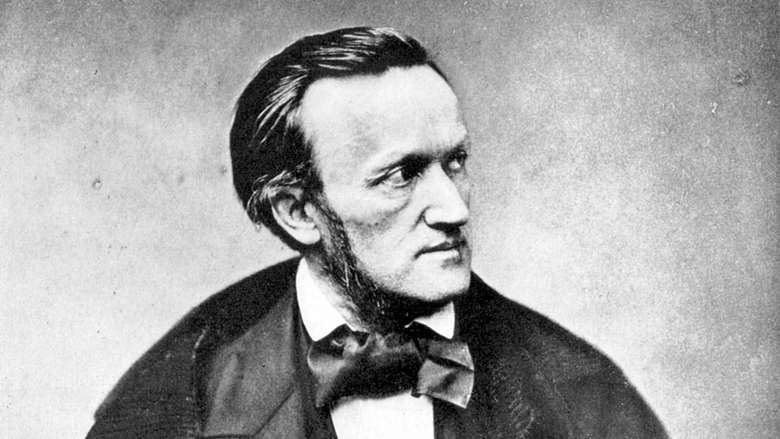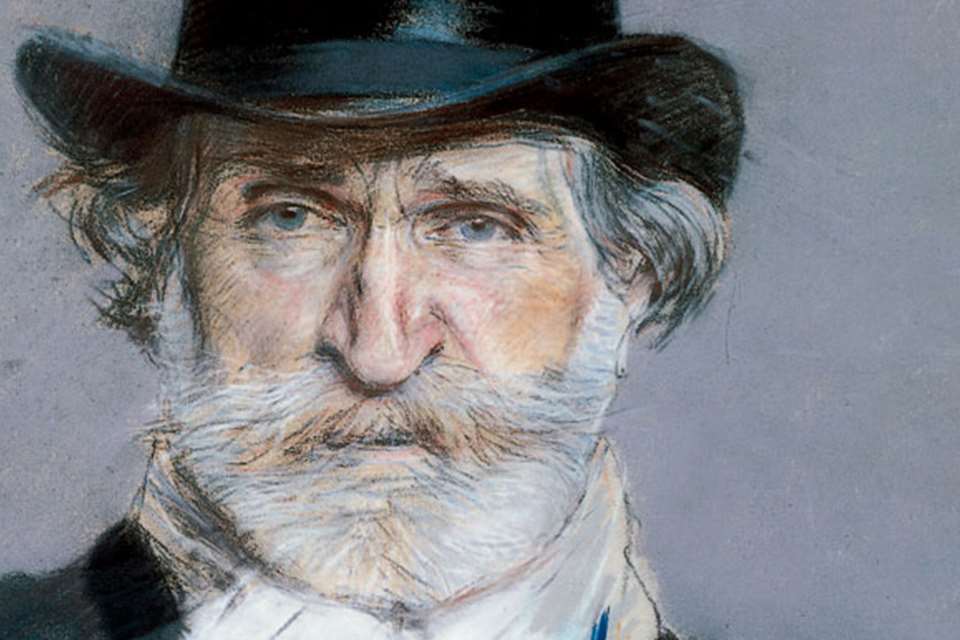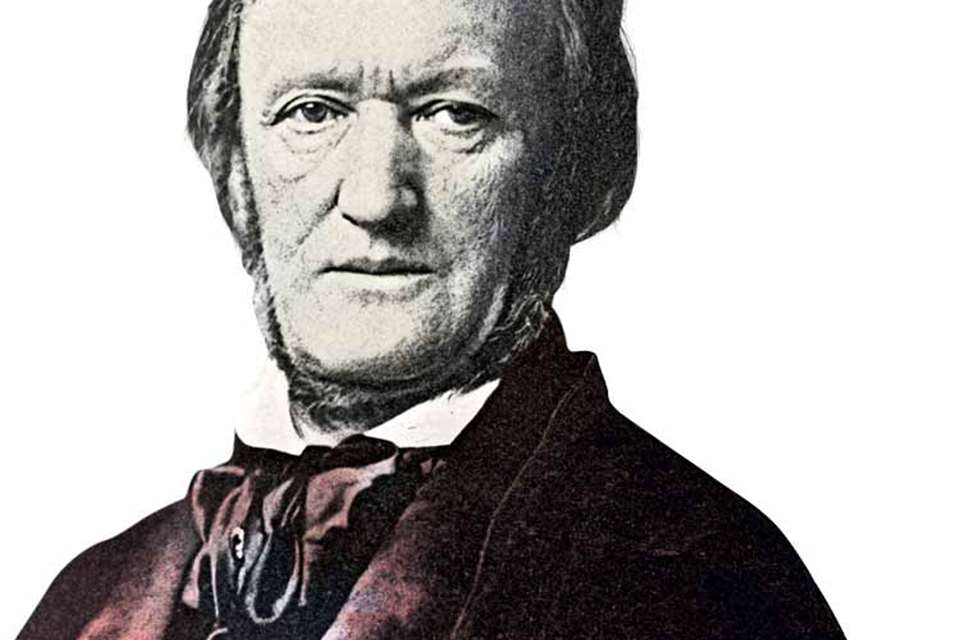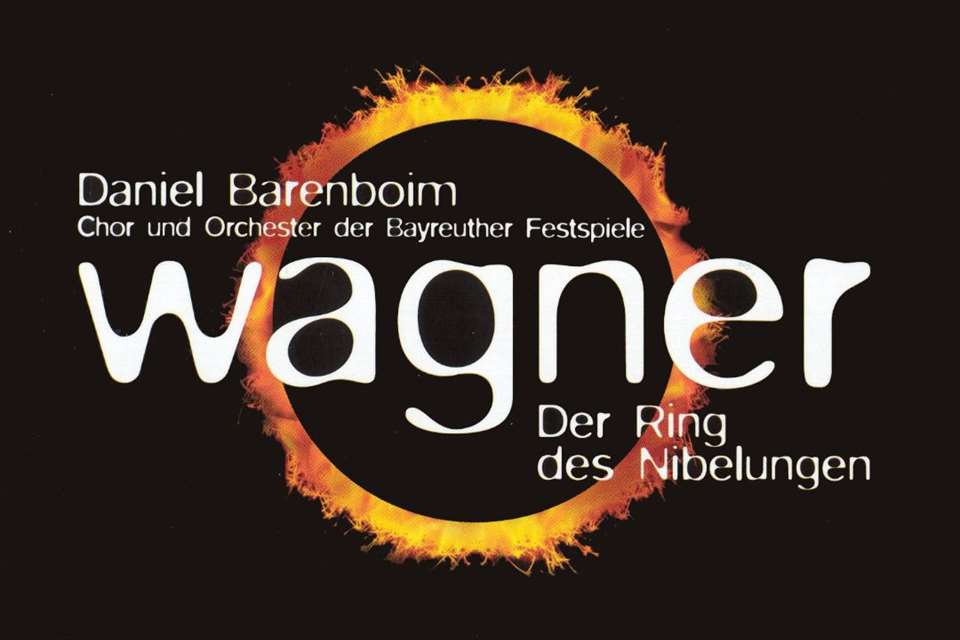Wagner's Tristan und Isolde: the opera that changed music
Hugo Shirley
Sunday, January 1, 2023
Hugo Shirley reflects on the lasting influence of Wagner’s Tristan und Isolde

Register now to continue reading
Thanks for exploring the Gramophone website. Sign up for a free account today to enjoy the following benefits:
- Free access to 3 subscriber-only articles per month
- Unlimited access to our news, podcasts and awards pages
- Free weekly email newsletter











